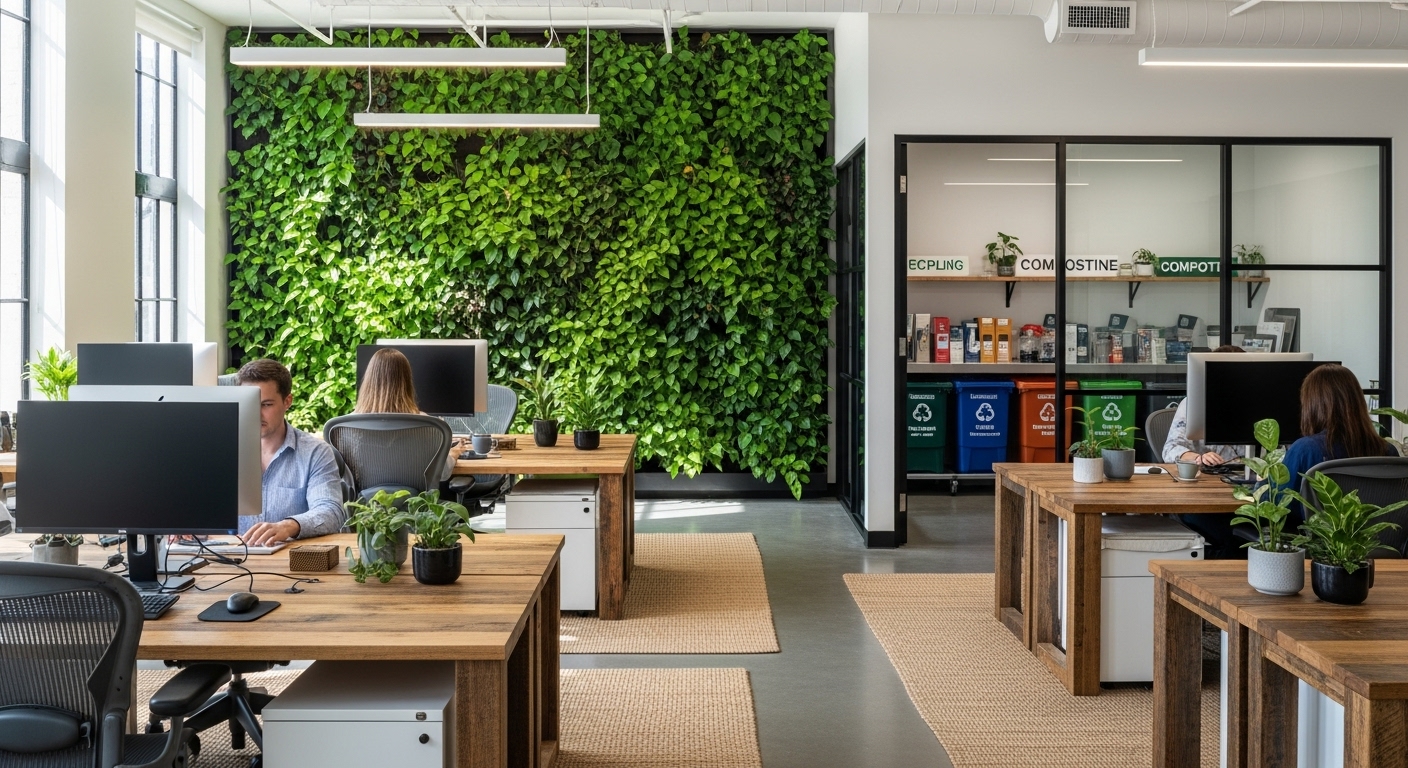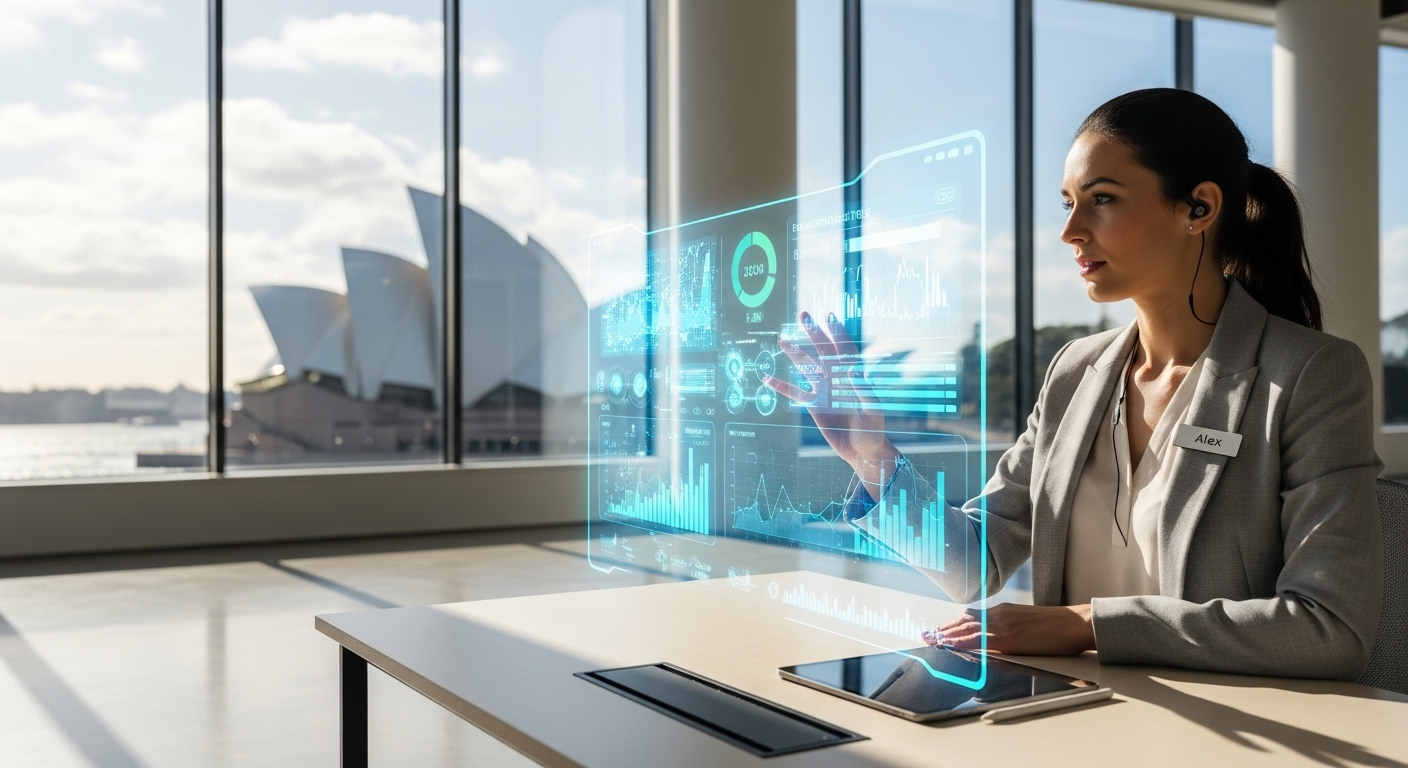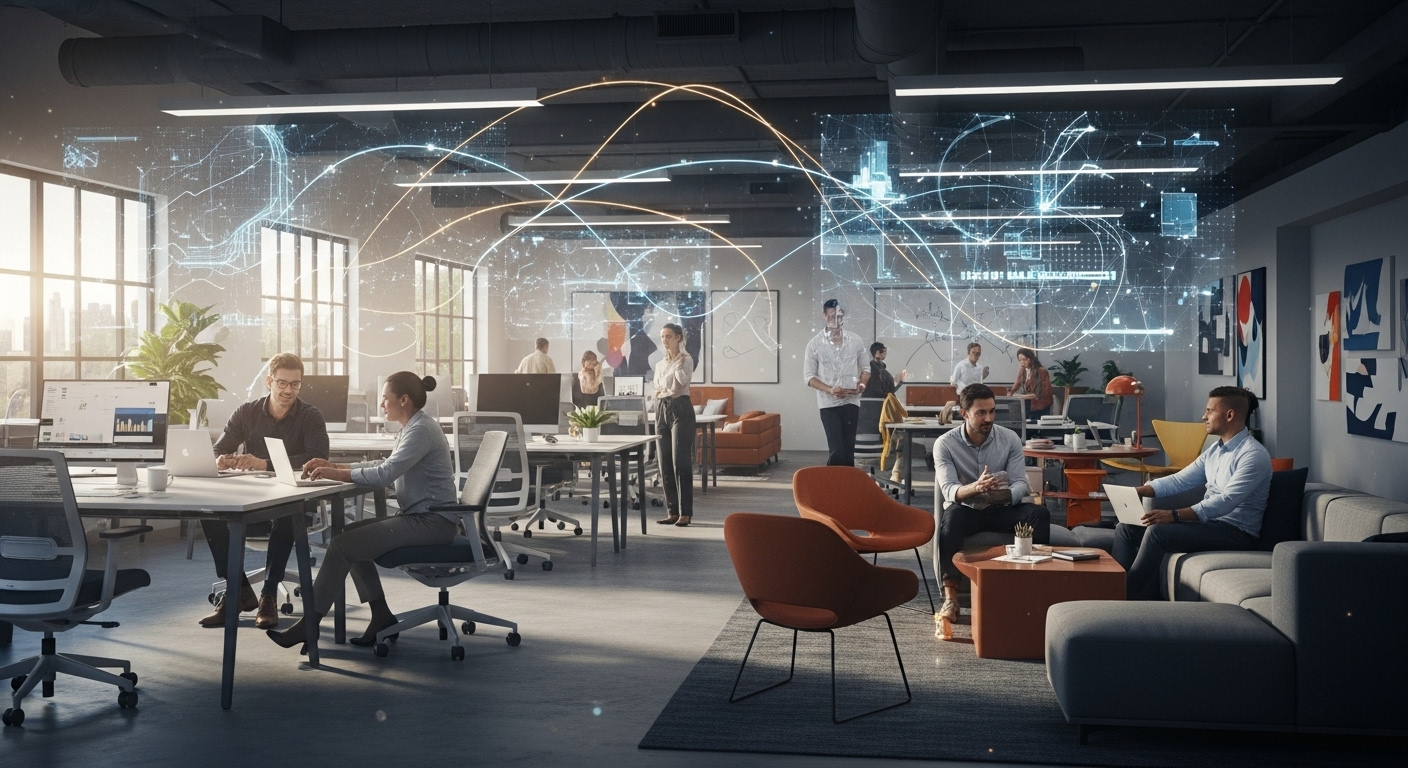In today’s competitive landscape, a company’s values are as visible as its balance sheet. Employees, particularly millennials and Gen Z, are no longer just seeking a paycheck; they’re looking for purpose-driven organizations that align with their own principles. This has catapulted workplace sustainability from a ‘nice-to-have’ perk to a strategic imperative. A sustainable workspace is far more than a few recycling bins and potted plants; it’s a holistic ecosystem designed to minimize environmental impact while maximizing employee well-being and productivity. It’s a powerful statement about your brand’s commitment to the future—of the planet and its people. This article provides a practical roadmap for organizations ready to go beyond greenwashing. We will guide you through the essential stages of creating a truly sustainable office, from foundational design choices and material selection to embedding green practices into your daily operations and achieving official certification. This is your guide to building a workplace that’s not just good for business, but good for the world.
Laying the Foundation: Sustainable Design and Material Selection
The journey to a sustainable workspace begins long before the first employee walks through the door; it starts with the very blueprint of the office. The foundational principle is passive design, a strategy that leverages natural elements to reduce reliance on artificial systems. This involves maximizing natural light through large, strategically placed windows and skylights, which not only cuts down on electricity costs but also improves employee mood and focus. Proper building orientation and high-performance glazing can minimize solar heat gain in the summer and retain warmth in the winter, drastically reducing HVAC loads. Material selection is the next critical layer. Instead of defaulting to virgin materials, consider the principles of a circular economy. Sourcing reclaimed wood for flooring and features, using recycled steel for structural elements, and choosing carpet tiles made from recycled content can significantly lower your project’s embodied carbon. Furthermore, prioritize materials with low Volatile Organic Compounds (VOCs), such as paints, adhesives, and sealants. High-VOC products can off-gas harmful chemicals, leading to poor indoor air quality and potential health issues for occupants. When selecting furniture, look for manufacturers with transparent supply chains and certifications like FSC (Forest Stewardship Council) for wood products or GREENGUARD for low chemical emissions. This foundational stage is about making conscious choices that create a healthier, more resource-efficient environment from the ground up.
Powering Down: Mastering Energy and Water Efficiency
An office’s operational footprint is largely defined by its energy and water consumption. Tackling these areas offers some of the most significant and measurable returns in a sustainability strategy. The most accessible upgrade is a complete transition to LED lighting. LEDs consume up to 80% less energy than traditional incandescent bulbs and last 25 times longer. When paired with smart controls like motion sensors in low-traffic areas (restrooms, meeting rooms) and daylight sensors that dim artificial lights when natural light is sufficient, the energy savings become substantial. Beyond lighting, all office equipment and appliances, from monitors and printers to refrigerators and dishwashers, should be ENERGY STAR certified. These products are independently certified to save energy without sacrificing performance. A smart thermostat system, which learns occupancy patterns and adjusts heating and cooling accordingly, can prevent the common issue of conditioning empty spaces and cut HVAC costs by 10-15% annually. For organizations looking to make a bolder statement, installing on-site renewable energy sources like rooftop solar panels can offset a significant portion of energy consumption and even generate revenue in some regions. Water efficiency is equally crucial. Installing low-flow aerators on faucets, dual-flush toilets, and water-efficient dishwashers can reduce water usage by 30% or more. These measures are not just environmentally responsible; they translate directly into lower utility bills, creating a compelling business case for investment.
The Biophilic Bonus: Integrating Nature for Well-being and Productivity
Humans have an innate connection to nature, a concept known as biophilia. Integrating natural elements into the built environment—biophilic design—is one of the most impactful ways to create a sustainable workspace that supports human health. This goes far beyond placing a few token plants on desks. It’s about creating an immersive, nature-infused experience. A ‘living wall,’ a vertical expanse of plants, can become a stunning focal point while actively purifying the air and absorbing sound. Incorporating natural materials like wood, stone, and bamboo, along with patterns and textures that mimic those found in nature, can create a calming and restorative atmosphere. Water features, such as small fountains, can provide soothing background noise that masks distractions and reduces stress. The most critical element of biophilic design is providing a direct connection to nature. This means designing layouts that maximize views of the outdoors, whether it’s a park, a body of water, or even a landscaped courtyard. Studies have consistently shown the benefits of this approach.
A report by Terrapin Bright Green found that office workers with views of nature took 19% fewer sick days and reported higher levels of well-being.
By weaving nature into the fabric of the office, companies are not just improving aesthetics; they are making a direct investment in the mental and physical health of their most valuable asset: their people. The result is a more engaged, focused, and resilient workforce.
Beyond the Bin: Implementing a Zero-Waste Operational Strategy
A truly sustainable workspace tackles waste at its source. While a robust recycling program is essential, the ultimate goal should be moving towards a ‘zero-waste’ or ‘less-waste’ operational model. This requires a cultural shift and a comprehensive strategy that extends beyond placing recycling bins in the kitchen. The first step is a thorough waste audit to understand what is being thrown away. This data provides a baseline and highlights key areas for improvement. A primary target is often paper. Implementing a ‘digital-first’ policy, utilizing cloud storage, and encouraging double-sided printing only when necessary can dramatically reduce paper consumption. Another major culprit is single-use plastics. Eliminate disposable cups, plates, and cutlery from the breakroom and provide employees with branded, reusable water bottles and coffee mugs. Partner with catering and supply vendors who share your commitment to sustainability by using minimal or compostable packaging. A comprehensive waste-sorting system is critical. This means providing clearly labeled bins for different streams—landfill, mixed recycling, paper, glass, and compost. Educating employees on what goes where is vital for the program’s success. For items that can’t be recycled through municipal programs, such as electronics or batteries, establish dedicated collection points and partner with certified e-waste recyclers. The zero-waste philosophy is about being mindful of the entire lifecycle of a product, from procurement to disposal, creating a circular system that minimizes environmental impact.
Cultivating a Green Culture: Engaging Your Team in Sustainability Goals
A state-of-the-art sustainable building can only achieve its full potential if the people inside it are active participants. Building a ‘green culture’ is about embedding sustainability into the company’s DNA and empowering every employee to contribute. A great way to start is by forming a voluntary ‘Green Team’ or sustainability committee. This group can champion initiatives, gather feedback, and create engagement programs that resonate with their colleagues. Simple, visible initiatives can build momentum. Launch a ‘Waste-Free Wednesday’ challenge or an ‘Energy Savings Sprint’ to gamify conservation efforts. Provide incentives and recognition for individuals or departments that demonstrate a strong commitment to sustainability goals. Education is paramount. Host workshops on topics like proper recycling, the impact of food waste, or sustainable commuting. Make information about the office’s green features and performance metrics easily accessible, perhaps on a dedicated intranet page or a digital dashboard in a common area. Supporting sustainable commuting is another powerful lever. Provide secure bike storage, shower facilities, and EV charging stations. Offer stipends or pre-tax benefits for employees who use public transportation. This holistic approach, which combines infrastructure with engagement, transforms sustainability from a top-down mandate into a shared responsibility, fostering a deeper sense of community and purpose among the workforce.
Making It Official: Navigating Green Building Certifications
After investing in sustainable design, technology, and operations, pursuing a green building certification is the final step to validate your efforts and communicate your commitment credibly. These third-party verification systems provide a framework for creating healthy, efficient, and cost-saving green buildings. The most globally recognized standard is LEED (Leadership in Energy and Environmental Design), developed by the U.S. Green Building Council. LEED evaluates projects across several categories, including energy, water, materials, indoor environmental quality, and innovation. Achieving a LEED certification—Certified, Silver, Gold, or Platinum—is a powerful market differentiator. Another prominent standard, particularly in Europe, is BREEAM (Building Research Establishment Environmental Assessment Method), which takes a similarly holistic view of a building’s environmental performance. While LEED and BREEAM focus heavily on the building itself, the WELL Building Standard is centered on human health and well-being. WELL certifies spaces based on ten concepts: Air, Water, Nourishment, Light, Movement, Thermal Comfort, Sound, Materials, Mind, and Community. Pursuing a certification like WELL sends a clear signal that you prioritize the health of your occupants. The process of certification, while rigorous, provides invaluable data and insights, helping you benchmark your performance and identify areas for continuous improvement. For businesses, the benefits are clear: certified buildings often command higher rental and resale values, attract top-tier talent, and enhance brand reputation as a leader in sustainability.
Conclusion
Creating a sustainable workspace is a multifaceted journey that integrates thoughtful design, smart technology, and an engaged culture. It begins with a solid foundation of passive design and responsibly sourced materials, building a healthy and efficient physical environment from the outset. This is enhanced by mastering energy and water efficiency through modern technology and practices that deliver tangible savings and reduce your ecological footprint. Integrating nature through biophilic design directly invests in employee well-being, fostering a more productive and less-stressed workforce. Operationally, moving beyond basic recycling towards a zero-waste strategy demonstrates a deep commitment to circular principles. However, the physical space is only half the equation. True success lies in cultivating a green culture where every employee is an empowered participant in the company’s sustainability mission. Finally, achieving a respected certification like LEED or WELL provides third-party validation, solidifying your brand’s reputation as a genuine leader. A sustainable workspace is no longer an alternative; it is the future. It is an investment that yields returns for the planet, your people, and your profitability, building a resilient and respected organization for years to come.





